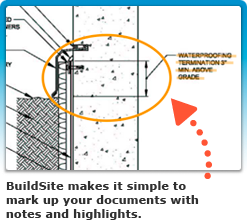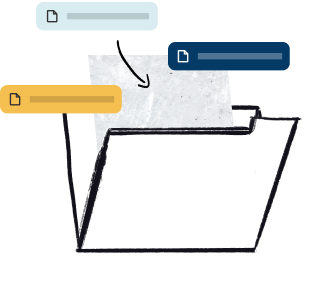Abstract
This standard specification covers the basic requirements for cylindrical sealant backing for use with cold liquid-applied sealants. Cylindrical sealant backings are classified into three types: type C, type O, and type B, composed predominantly of closed cell material, open cell material, and bi-cellular material, respectively. Test methods for cylindrical sealant backing include water absorption, density, outgassing, compression deflection and recovery, and tensile strength. The sealant shall be clean, free of scale, foreign matter, oil, or water.
This abstract is a brief summary of the referenced standard. It is informational only and not an official part of the standard; the full text of the standard itself must be referred to for its use and application. ASTM does not give any warranty express or implied or make any representation that the contents of this abstract are accurate, complete or up to date.
Significance and Use
5.1 This specification is designed to give some indication as to the differences in performance for various cylindrical sealant backings.
5.2 Although this specification qualifies a cylindrical sealant backing for use, it does not address the compatibility of the backing with the sealants with which it will make contact. Sealant compatibility should be confirmed by the sealant manufacturer. Compatibility characteristics of sealants in contact with cylindrical sealant backings can be determined by Test Method C1087.
1. Scope
1.1 This specification covers the basic requirements for cylindrical sealant backing to be used with cold liquid applied sealants for use in building seals.
1.2 Cylindrical sealant backing serves one or more of the following functions:
1.2.1 Limits the amount and depth of sealant applied into a joint,
1.2.2 Acts as a bond breaker to allow joint movement without undue stress to the sealant,
1.2.3 Provides a form to assist the sealant in developing the proper shape factor, and
1.2.4 Acts as a barrier to the flow of sealant through the joint.
1.3 The committee with jurisdiction over this standard is not aware of any comparable standards published by other ASTM committees or other organizations.
1.4 This specification may involve hazardous materials, operations, and equipment. This standard does not purport to address all of the safety concerns, if any, associated with its use. It is the responsibility of the user of this standard to establish appropriate safety and health practices and determine the applicability of regulatory limitations prior to use.
Reproduced, with permission, from the ASTM International website, copyright ASTM International, 100 Barr Harbor Drive, West Conshohocken, PA 19428. To purchase the complete standard, go to http://www.astm.org/.



